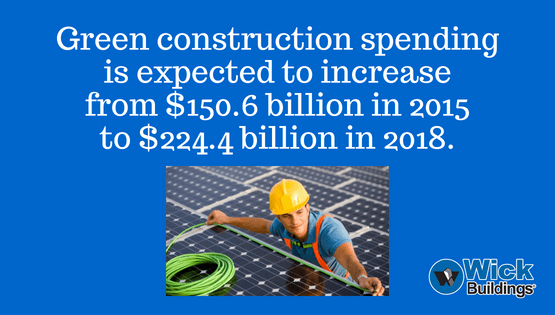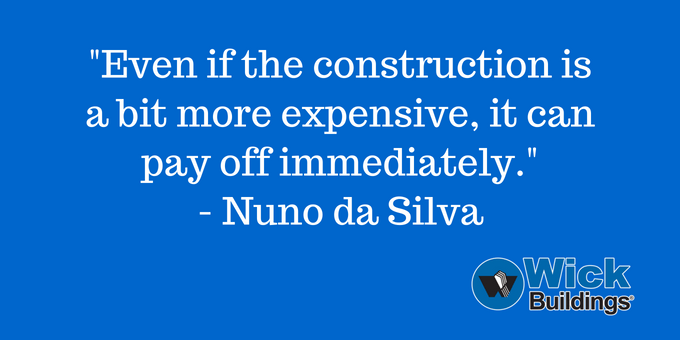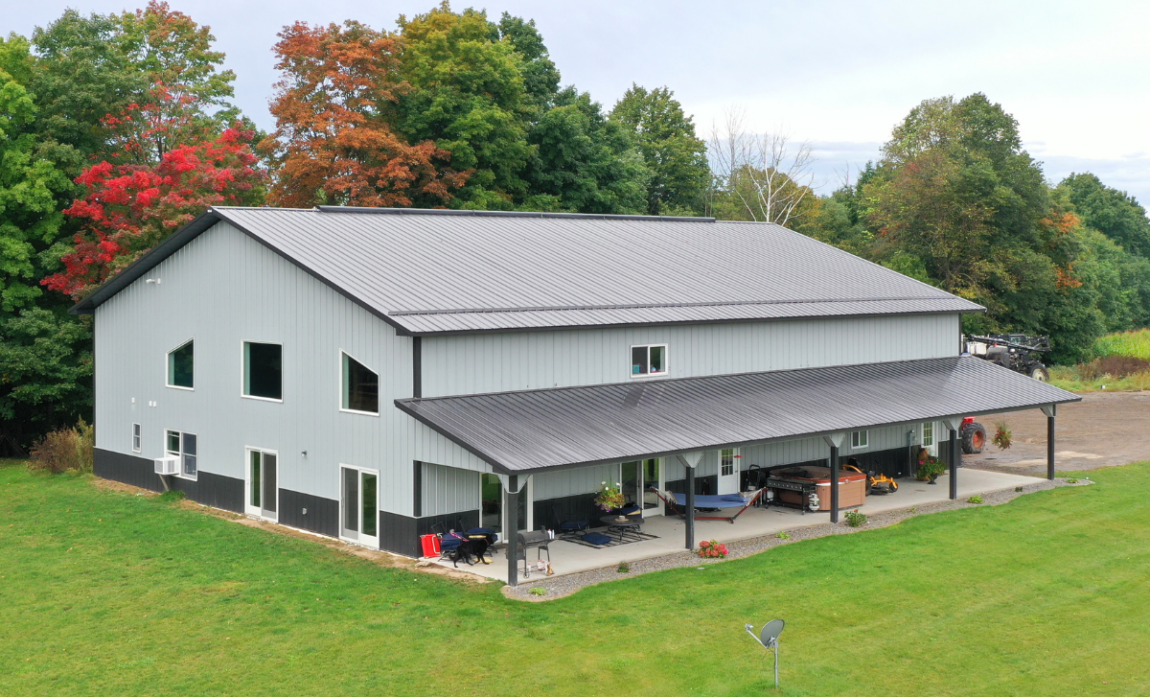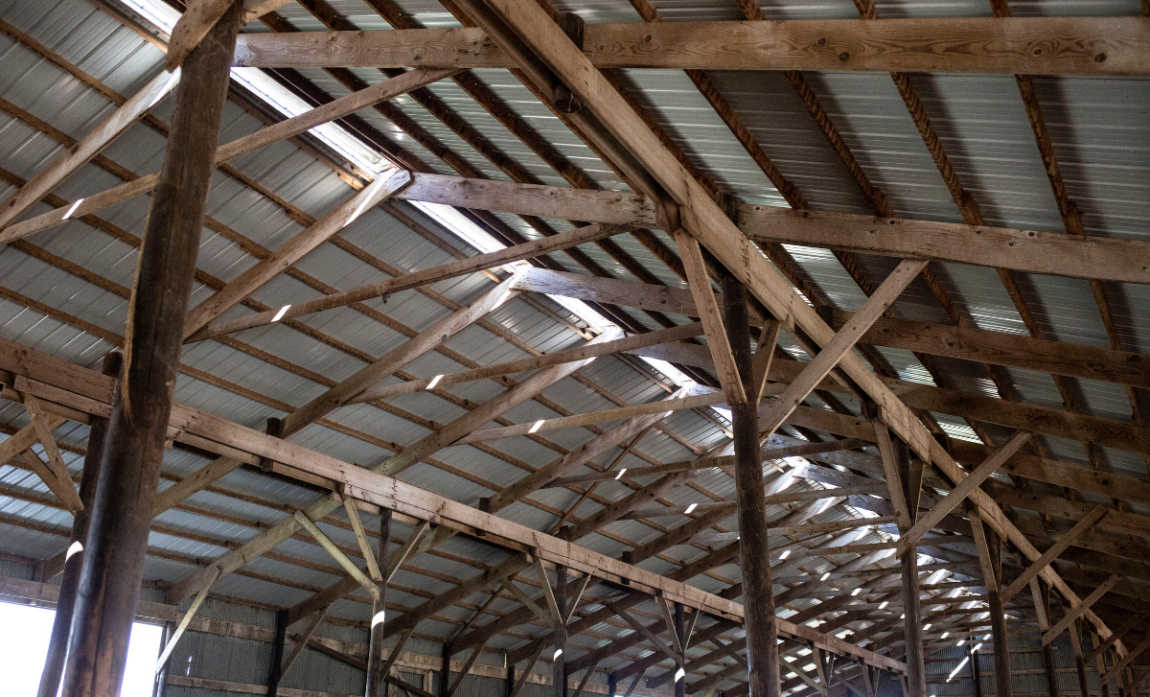Green building is not a fad, and for that the planet breathes a sigh of relief. Fortunately, post-frame construction has a number of sustainability benefits that align perfectly with the green building movement.
As noted by Post-Frame Advantage, “Post-frame construction includes many sustainable design aspects by default.” That’s why it’s easier for a post-frame building to earn LEED Certification.
It’s also on the right side of the ever-increasing trend in sustainable building. A recent study by Booz Allen Hamilton for the US Green Building Council notes that green construction spending is expected to increase from $150.6 billion in 2015 to $224.4 billion in 2018.
So what aligns post-frame construction with sustainable building? First, let’s take a look at green building, and what it’s all about.
What is Green Building or Sustainable Building?
Green building – or sustainable building – involves making a construction project as environmentally and socially beneficial as possible. The goal, from the architecture and design to the building materials, is to reduce the negative impact on the environment.
This is according to Nuno da Silva of the sustainability company thinkstep. Based in Boston, thinkstep is dedicated to helping companies improve their sustainability profiles. He acknowledged the growing role green building has on our economy — including the benefits for building owners.
da Silva noted that rents paid to developers for LEED-rated buildings are usually higher. “Even if the construction is a bit more expensive, it can pay off immediately,” he said.
Sustainable buildings tend to have a smaller carbon footprint and thus contribute less to climate change. “There is a vast range of environmental and social benefits,” he said. “And sustainable building is all about optimizing benefits.”
Why Does Post-Frame Construction = Sustainable Construction?
Post-Frame Advantage has written about the sustainability features of post-frame buildings. Here are a number of the points brought up by Post-Frame Advantage, as well as our own:
Reduced site disturbance during construction. Because post-frame construction can use a series of widely spaced structural supports placed directly in the ground, a foundation is not required. This reduces the use of concrete required, as well as energy used during construction. It also reduces soil disturbance and erosion.
Less energy gain due to cool colors. Cool colors can be used on steel. Because these are reflective, they can reduce energy gain and thus reduce energy to cool the interior.
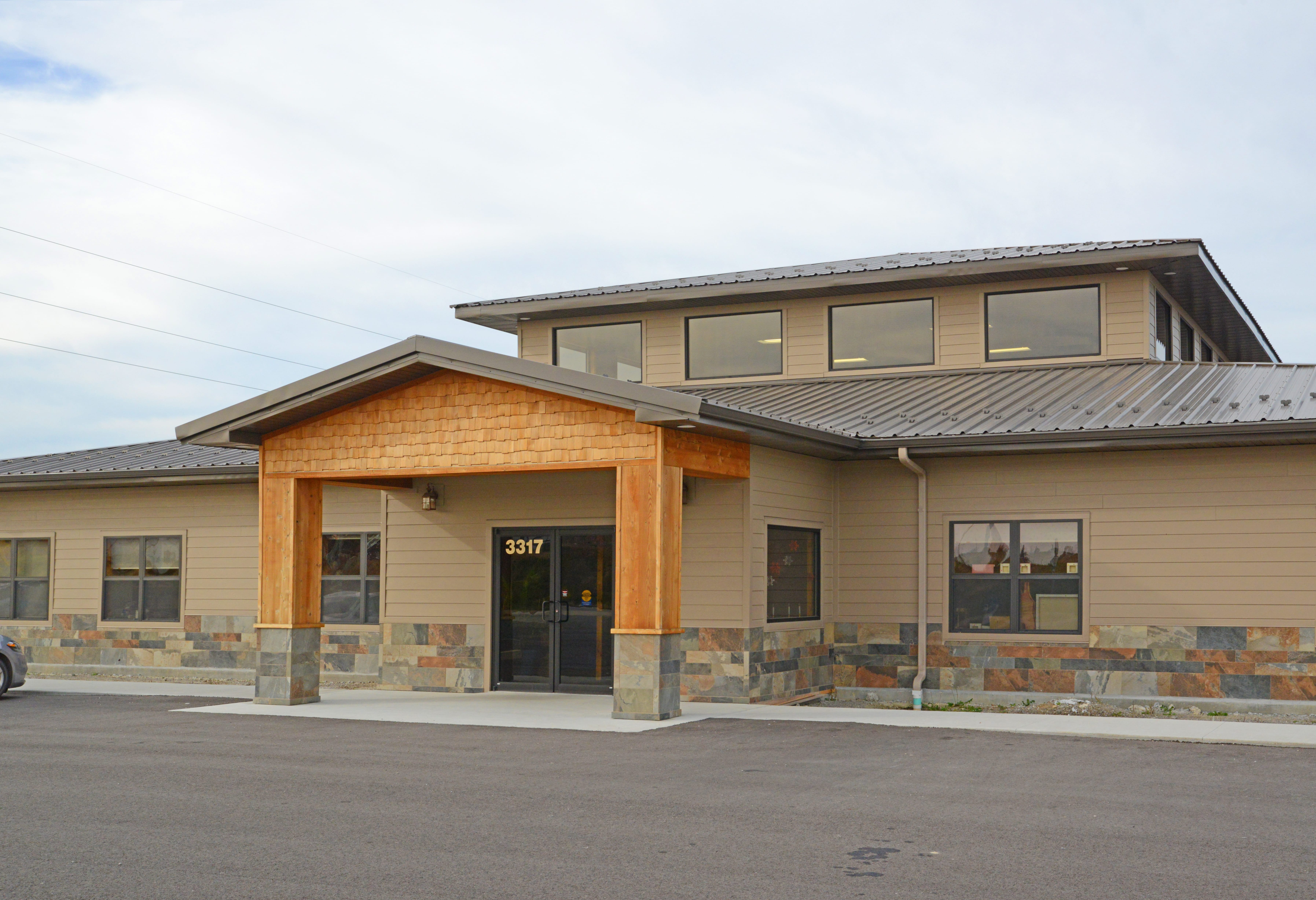 Cooler colors, more sustainable wood.
Cooler colors, more sustainable wood.
Improved insulation from large cavities. Post-frame buildings have large cavities, which have fewer “bridges” for heat transfer. The walls and ceilings are built with enough space to meet International Energy Conservation Code insulation requirements.
Superior air infiltration properties. When house wrap and proper windows/doors and draft sealing is done correctly, great air infiltration properties can result.
Design focused on efficiency and durability. A well-designed, well-engineered building, using eco-friendly materials, will ultimately prove to be more durable over the long run. A long-lasting building saves energy and money otherwise spent on redesigns or rebuilds.
Less material usage overall. Because of aspects of the post-frame structure that include wide open spaces and larger windows, there are not as many smaller parts required. That means less waste and fewer overall materials required.
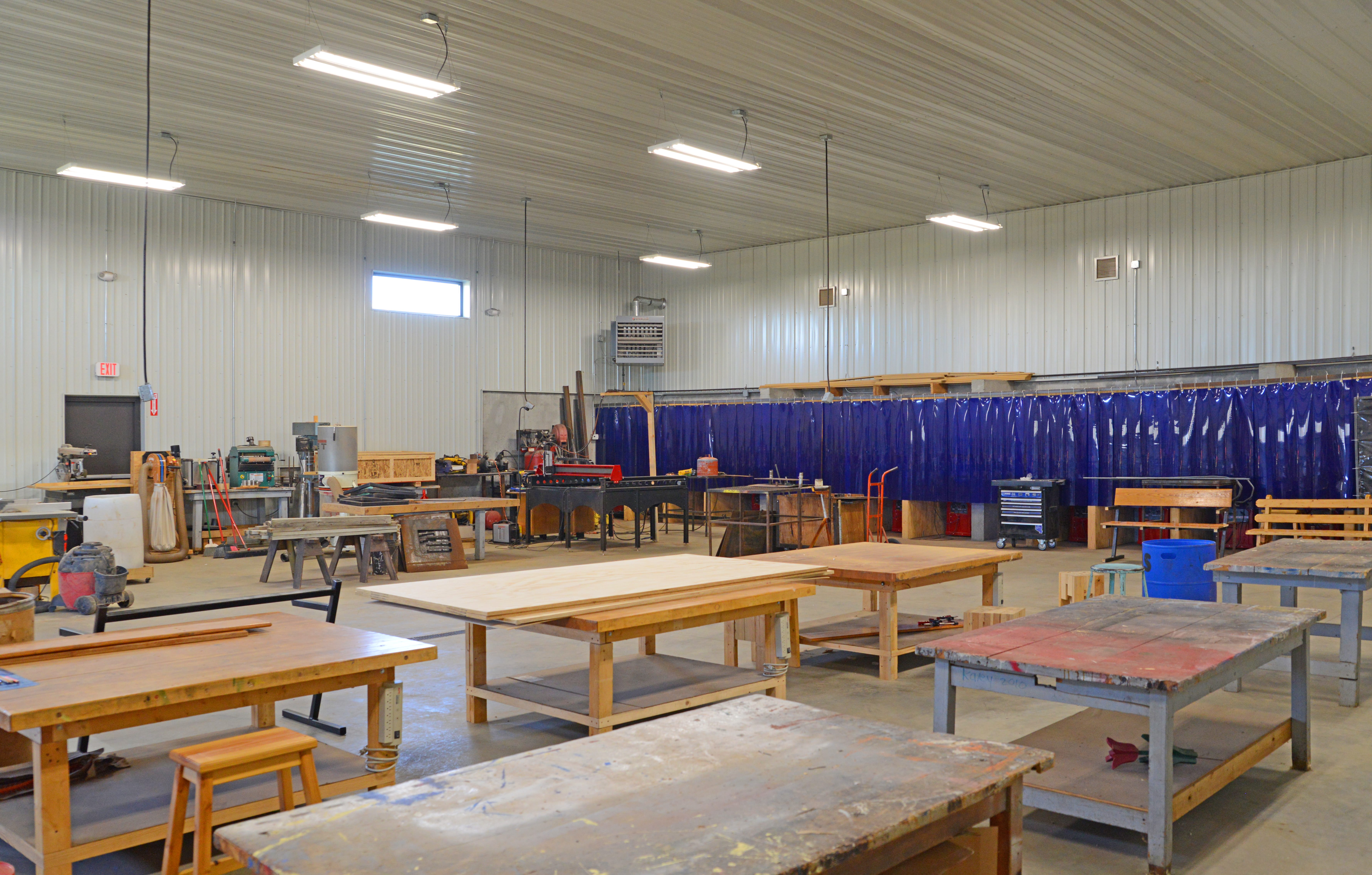 Wide open spaces mean less material.
Wide open spaces mean less material.
Doors and windows with better insulation. Low-e glass and thermally broken windows and doors improve insulation in buildings.
Less wood needed. Less lumber is used in wall construction versus traditional stud wall, which is more common in homes and commercial buildings. Less wood is also used in roof construction. PF uses trusses 8’ to 12’ on center with purlins versus typical construction 2’ on center with OSB/plywood sheathing required. Scrap wood is reused for short piece needs or cribbing of materials.
Reduced waste with pre-manufactured parts. In a case where you have post-frame parts manufactured for the builder, less waste results since much of the production takes place in a plant. Wall and roof steel is pre-cut to length, compared to wall vinyl and other materials often applied and cut on site which creates waste pieces.
Fewer materials in landfills within in-plant recycling. Again, when you have post-frame parts manufactured for the builder, steel cuts/scrap are recycled and not put in landfill.
Better use of natural light. Because post-frame construction allows for open floor plans (no need for weight bearing interior walls), polycarbonate light panels and windows can improve the use of natural lighting, thus reducing energy costs.
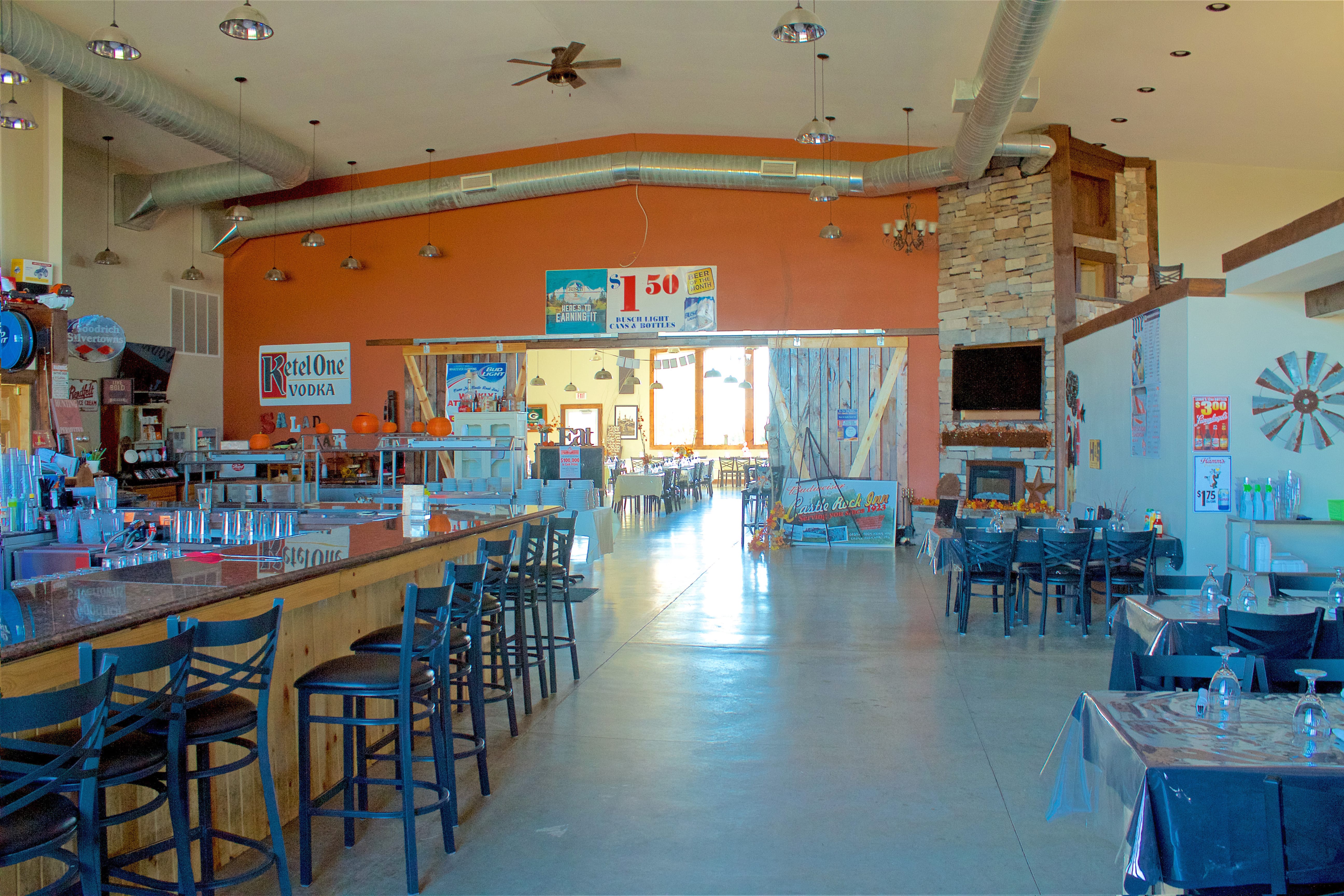 Post-frame construction allows for open floor plans.
Post-frame construction allows for open floor plans.
Use of sustainably forested wood. Wood is a renewable resource, provided you’re in compliance with sustainable forestry standards. Renewable forestry resources can be used for construction.
MSR (machine stress rated) or MEL (machine evaluated lumber) has a known strength so the building can be engineered stronger and will be more durable over the long haul. Plus using wood of a known strength prevents the over-designing that must be done with visually graded lumber.
Green Building Materials Contribute to Sustainability
We mentioned some “green” products in our list. BCC Research indicated that US Market for green building materials is expected to grow from $43 billion in 2014 to $69 billion in 2019, over 60%.
What are green building materials? According to ConstructConnect, they include materials that are:
- Made from renewable resources
- Are recyclable at the end of their life
- Manufactured using environmentally-friendly processes
- Made from salvaged, recycled or waste content
- Is beneficial to the interior built environment
ConstructConnect sites that steel and concrete materials are not as sustainable as “mass timber” because they account for 8-15% of global greenhouse emissions annually.
Make the Next Choice the Right Choice
Our list shows that making a sustainable choice is not only a benefit to the environment, but to your wallet as well.
Sustainable products and practices can help you reduce expenses and lower the long-term cost of ownership. But it’s the intrinsic nature of post-frame building that allows for greater sustainability features.
When you consider your building options, keep in mind that the type of building can truly dictate how effective the materials and design will be. Be sure your designer or architect fully understands the features of post-frame construction, and why using it as the basis for your design can make your building more sustainable right from the get-go.

